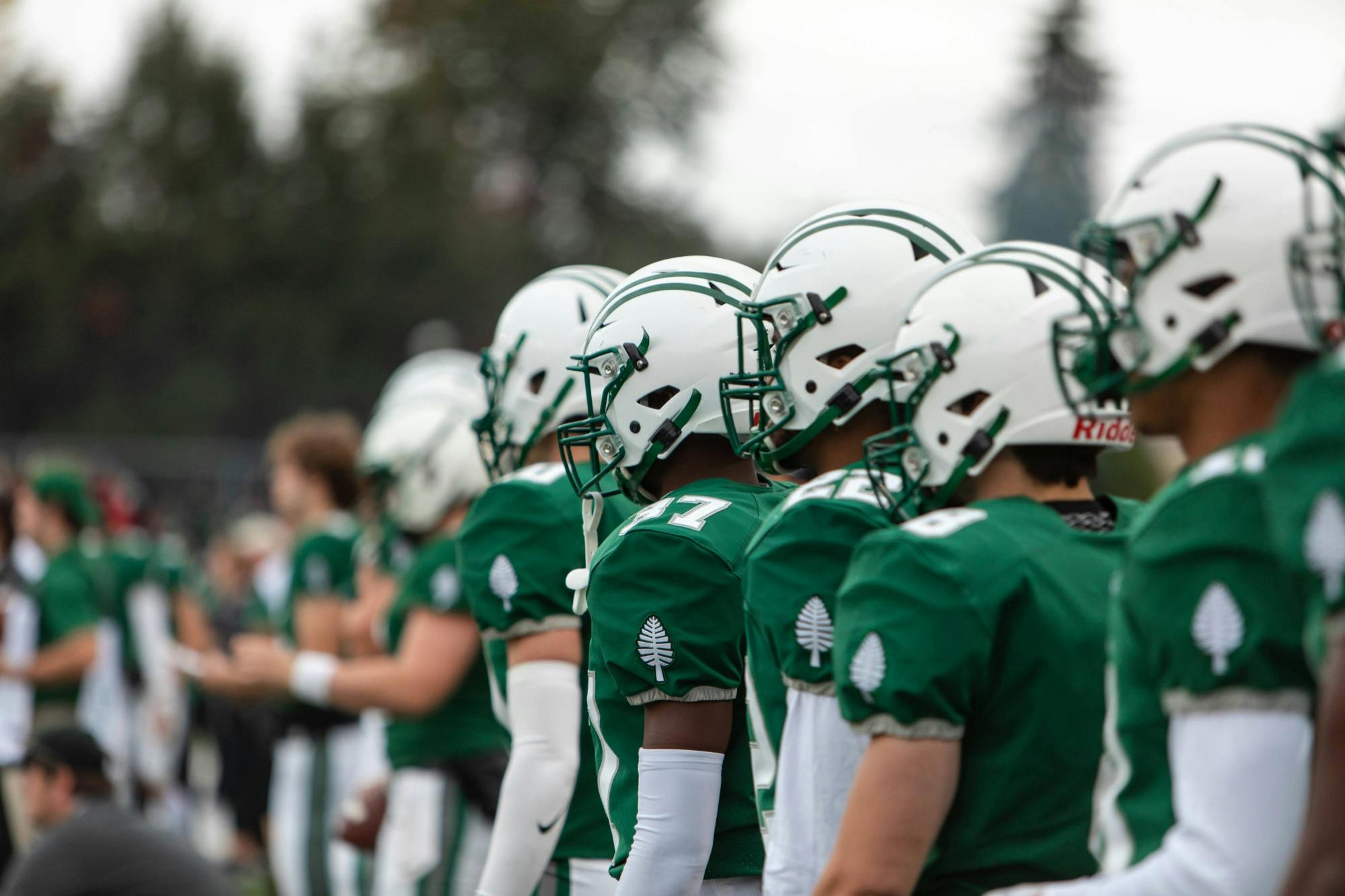In June 2021, the NCAA announced that student athletes across all three NCAA divisions would be allowed to profit off of their name, image and likeness. Per the Division II Presidents Council chair Sandra Jordan, “the new policy preserves the fact college sports are not pay-for-play.” The NCAA takes a strong stance against the pay-for-play concept — that recruited students are compensated in exchange for their commitment to play for a school — in order to maintain a level playing field for schools recruiting student athletes. NIL, however, has opened up a new opportunity for student athletes to receive external compensation, threatening the integrity of the NCAA’s stance against pay-for-play. And with it, uncertainty for the Ivy League’s ability to stay competitive in the NCAA.
Over the last two and a half years, we have seen NIL deals play out in an interesting way. Deals have taken two main forms. The first is when companies utilize student athletes’ personal brands to boost the company’s brand and does not seem to pursue a pay-for-play system. This NIL market mainly occurs after student-athletes have already committed to a school and prioritizes name recognition over athletic merit. In this system, athletes like Bronny James, Arch Manning and Livvy Dunne top the list of NIL deals with $5.9 million, $4 million, and $3.4 million in sponsorships, respectively. While Dunne has done an impressive job independently building her brand on social media off of her success as an all-American gymnast, it is no secret that James’s and Manning’s name recognition is a product of their parents’ and relatives’ success in their respective sports. Some might see it as unfortunate that Manning — a third-string quarterback for The University of Texas — makes 266% more than the Texas starting quarterback Quinn Ewers, but it is a great example of NIL refuting the pay-for-play critiques; Manning makes more money than his teammates, despite playing less football.
The second form of NIL is much more dubious when it comes to pay-for-play. It takes the form of not-for-profit donor collectives, in which major donors form a pool of wealth to provide student athletes significant external compensation. While these collectives deny accusations of pay-for-play recruiting, they do not make it a secret how much they are willing to pay student athletes that commit to their schools. For example, the Matador Collective, which supports Texas Tech University, pays all football players at least $25,000. This is as blatantly pay-for-play as NCAA sports have ever been — not to mention an apparent Title IX violation by allocating more resources to male athletes than female athletes. However, because the student-athletes are being compensated by external sources, it is not an NCAA or Title IX violation.
While this form of payment seems to encourage pay-for-play, does that necessarily mean it is harmful to the student athletes or the NCAA? Prior to NIL, big-name student athletes have brought millions of dollars of revenue to their schools in ticket sales and event appearances. NIL now allows student athletes to capture the returns they generate for their respective schools. Furthermore, NIL encourages student athletes to complete their degrees, so the incentive to forego their education to sign big league contracts is reduced. Ultimately, this supposed pay-for-play system seems to benefit student athletes as individuals.
However, looking at the NCAA from an Ivy League perspective, NIL threatens the Ivy League’s ability to remain competitive against these schools as long as these donor collectives exist. The New York Times has identified at least one collective for each of the schools in the Power Five football conferences, while the Ivy League has none. For Ivy League athletes, NIL deals look mostly like ambassadorships, where we receive discounts for high-end athletic apparel or a humble “Barstool Athlete” in our Instagram bios in exchange for a free t-shirt. So, how will the Ivy League stay competitive against these ultra-funded programs now that it lacks both athletic scholarships as well as donor collectives to recruit students?
While on the surface it seems as though the Ivy League may fall further back in competitiveness against other conferences, it seems unlikely that NIL will truly alter the status quo. Schools like Dartmouth are not competing with schools like Texas Tech when recruiting — at least for cross country, we mainly compete against other Ivy League schools, a couple of NESCACs, and a handful of Power Five schools. This seems unlikely to change simply because of NIL. The pool of kids who are willing to sacrifice a quasi-professional athlete experience at a Power Five for a degree from a stronger academic institution may shrink slightly, but it will still exist. The shrinkage of this pool, however, might result in Ivies recruiting financially better-off student athletes, and the league could evolve into even more of an isolated, “rich-kids” league. The Ivy League has always catered to and prided itself on elitism, and the NIL policy might just make this even more of a reality.




